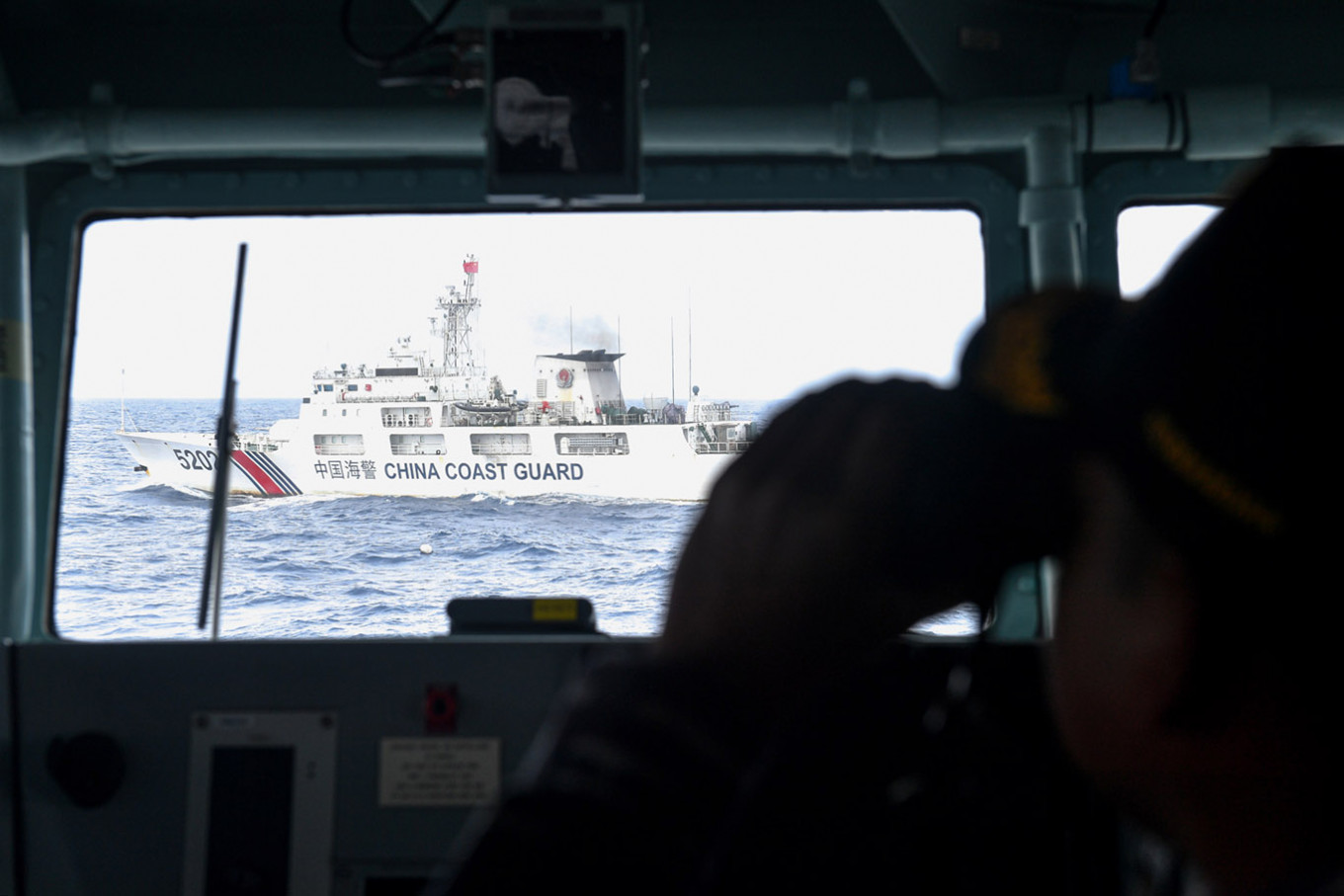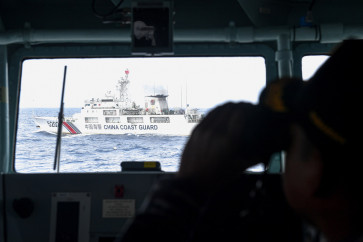Popular Reads
Top Results
Can't find what you're looking for?
View all search resultsPopular Reads
Top Results
Can't find what you're looking for?
View all search resultsRethinking borderless world: Lesson from South China Sea
The term “borderless world” here means that we need borders not as a wall but as a door.
Change text size
Gift Premium Articles
to Anyone
M
ore than three decades ago, the Berlin Wall, once considered one of the strongest international borders separating nations, fell. Following the collapse of the wall, Kenichi Ohmae, also known as Mr. Strategy, stated that we lived in a borderless world. Now, we might ask, is that true?
In the final days of 2019, Indonesia once again grappled with the issue of China’s fishing activities in the north of Natuna Islands, which borders the South China Sea. Even earlier, the Chinese claimed the maritime territory as their traditional fishing ground.
On the other hand, Indonesia believes the area is part of its exclusive economic zone (EEZ), based on the United Nations Convention on the Law of the Sea (UNCLOS). Through a rigorous geospatial analysis, Indonesia is, in fact, entitled to an EEZ up to the maritime area, pursuant to UNCLOS, which stipulates that every coastal state is entitled to a 200-nautical-mile EEZ (370 kilometers) measured from their baselines/coastline.
The next question is: What is the basis for China to send its fishermen to fish in the concerned area? Does China use UNCLOS as the basis for its claim?
One will naturally assume that China should ideally base its maritime claim on UNCLOS because it is a party to the convention. Surprisingly, that is not the case.
China’s claim is way beyond what UNCLOS permits for a coastal state. The Chinese maritime claim in the South China Sea is indicated by dash lines shown on a map it issued in 1940, which the international community refuses to accept.
Believe it or not, three decades after the Berlin Wall crumbled, we are still facing issues and problems regarding borders. There is a joke among scholars whose expertise is on issues regarding the South China Sea. They say, if we print and pile all scientific papers about the South China Sea, the stack might reach the moon already.


















